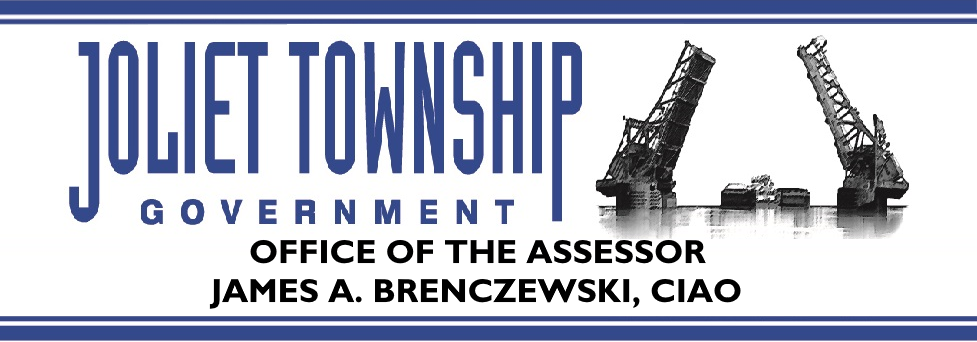Relationship of Tax Rate, Tax Levy, and Assessment
This article attempts to explain in very basic terms the relationship between Tax Levy, Tax Rate, and Assessed Value. The Tax Levy is the amount of money the elected board members of the various taxing bodies listed on your tax bill request from the Property Tax. The Total Assessed Value is the sum of all the Real Property Assessments in a Taxing Jurisdiction.
The Tax Rate equals the Levy divided by the Total Assessed Value. Example: Levy = 6,300,000, Total Assessed Value 90,000,000 and the Tax Rate =.07 or 7%.Your property’s equalized assessed value multiplied by the Tax Rate = your tax bill amount.
Now if everyone was under assessed by 10% the Total Assessed Value would be 81,000,000 (90,000,000 x.90). If the Levy remains constant the Tax Rate would equal 7.8% (6,300,000 divided by 81,000,000). Note the Tax Rate increased to extract the same tax dollars from the lower Total Assessed Value. Many property owners have asked, how come the new growth does not lower the property tax? Up until 1997 the Tax Rate in our 3 tax rate areas had been dropping about 2 tenths of a percent per year for the last five years. In 1997 a fourth tax area was added to our township. Also,only the Tax Rate for the Peotone High School District portion of our township continued to drop.
The following shows the effect of the Tax Rate on yourtax bill using 1997 rates for all tax code areas. Example:Given a property with a Total Assessed Value of 65,000located in each Tax Rate area.
1. Tax Code AAAA
Tax Rate = 7.6265% (65,000 x.076265 = $4,957.
2. Tax Code BBBB
Tax Rate = 6.8035% (65,000 x.068035 = $4,422
3. Tax Code CCCC
Tax Rate = 5.2924% (65,000 x.052924 = $3,851
4. Tax Code DDDD
Tax Rate = 6.1154% (65,000 x .061154) = $3,975
Now back to the original question. If the Levy does not increase too great amount compared to the increase in the Total Assessed Value plus the addition of the new property the Tax Rate will decrease. This is the best scenario because the decreasing Tax Rate will help minimize the impact of increased assessed values due to changing "Market Value."
The Tax Cap Law helps to some extent but it really depends on the taxing body’s board member's attitude toward budgeting. Do they budget for what is needed or do they set the Levy high to get the highest tax rate the law allows. Often we read where a taxing body is going to spend more money but their tax will not increase so the implication is they are not raising your taxes. However,this does raise your taxes. This can happen because new property is excluded from the Tax Cap Law. So instead of allowing their Tax Rate to drop and be offset by new property assessed value the tendency is to Levy high enough so the Tax Cap Law limiting factor determines their rate and then they get all the new money from the new property without it reducing their Tax Rate. If you look at your tax bill and compare the individual tax rates for each taxing body from the previous year to this year you can see the ones not allowing their tax rate to drop.Example: Using the numbers from above if next year the Total Assessed Value goes from 90,000,000 to 98,000,000 and the Tax Rate dropped 2 tenths to 6.8% the Levy per the formula = 6,664,000 or 364,000 greater than the year before. So the question is how much money do you really need to operate? The two possible answers are a specific amount or all we can get.
The following demonstrates the effect of a 2 tenths reduction in the Overall Tax Rate.1. 65,000 assessed value tax rate 7% = $4550 tax bill.2. 65,000 assessed value unchanged tax rate 6.8% = $4420 tax bill 3. 65,950 assessed value due to a Market Value increase of 3% with a 6.8% Tax Rate =$4553 tax bill.
The new growth should continue to drop the Overall Tax Rate but only if the Taxing Body’s board members you elect understand the consequences of their actions.
